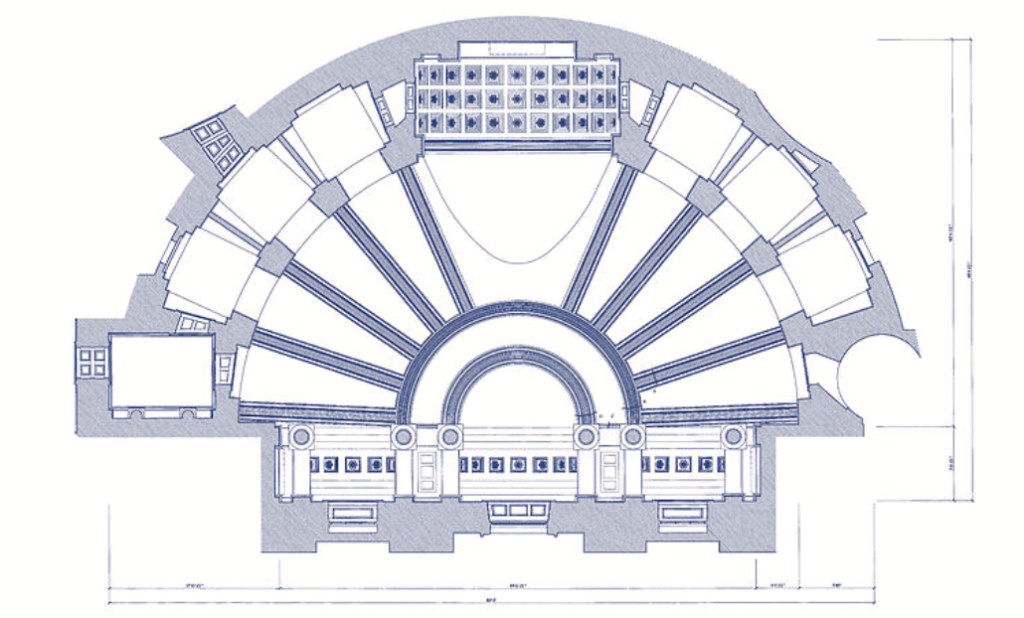
Here is the broad outline of our project:
Your advice and support are appreciated- please use the contact form to reach out:

Phase 1- Launch the initiative. Since there isn’t a clear precedent to follow, we will begin incrementally and learn along the way. We have some ideas of how to moderate this process- but would be interested in hearing from you.
As part of the learning process:
- Choose a short list of amendments that have wide-spread support.
- Build a community through student groups, organizations and social media (interested in volunteering? Fill out the contact form).
- After a heated (though civil) discussion within our community (via online forums and through frequent public meetings), bring one to consensus.
- Set up an advisory board.
- Add more content about the constitution and the amendment process to the site.
- Scrounge money.

Phase 2– Create a second Bill of Rights that is sent, as a slate, to Congress and the states.
Our goal is to pull the most important (in a way yet to be defined) constitutional amendments out of the pool, improve their phrasing so they are most likely to be effective and clear, and start working on their passage:
- Challenge the WeAmend community to contribute their own amendments.
- Supplement this list with the Constitutional Amendments that are annually introduced in Congress.
- Stay vigilant against trolls, special interests and foreign powers trying to subvert the WeAmend initiative.
- Document the debate over their wording and purpose, as a guide to future legislation and judicial review.
- Incorporate as a non-partisan non-profit 501(c)3.
- Accept donations from the public and foundations.
- Be part of a revival in Civics Education.

Phase 3– Create a second Bill of Rights that is sent, as a slate, to Congress and the states.
- Work with sponsors in Congress to propose the amendments, then help organize national ratification.
- Supplement the 501(c) 3 with fifty or more 501(c)4 PACs to allow for direct issue lobbying at the state and federal level.
- Survey voters frequently to gauge public opinion, and to influence legislators.
- Raise more money.
Creatively keep people engaged and committed to this process, which is probably a ten-year-long odyssey. Remaining focused and fresh will be a challenge to our short attention spans, and the tendency to allow small crises to dominate the public sphere.